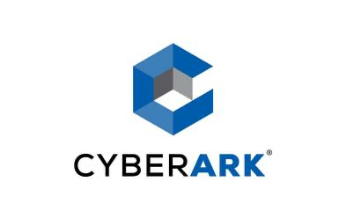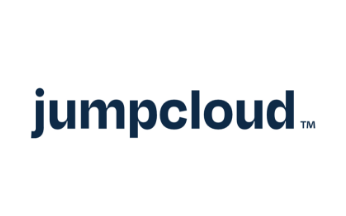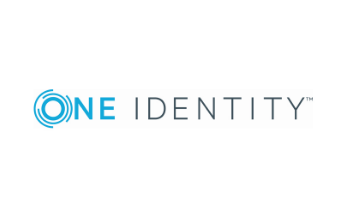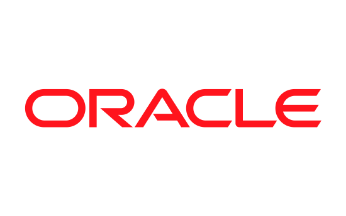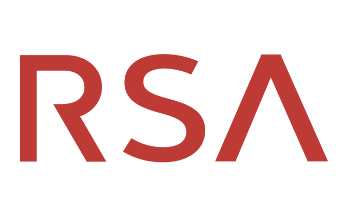What Is Identity And Access Management?
Rather than referring to a specific solution, identity and access management (IAM) is a term that applies to an organizational process and approach to ensure that the identities of users are safely and appropriately managed and that users only have the appropriate level of access to resources that are relevant to them. IAM is made up of multiple products, procedures, and policies that help to manage user identities and their accesses. Tools that make up the identity and access management framework include single sign-on (SSO), multi-factor and two-factor authentication (MFA and 2FA), and privilege access management (PAM).
How Does Identity And Access Management Work?
IAM is centered around a role-based approach to manage user identities. It identifies users, authenticates them at the point of sign-in, and authorizes their access to various parts of the network and certain applications. IAM is designed to ensure that no user should have access to anything more than they need for their work, making sure that pertinent information and sensitive data isn’t liable to being leaked or accessed by someone who shouldn’t.
For IAM to work as an effective solution, there are some core tenets that identify it is an IAM solution:
- The process of user identification
- Role identification and role groupings
- User and role management (such as the changing or removal of users)
- Data protection and exfiltration
- Assigned access and privileges which are carefully monitored
- Ability to audit login and access history
IAM tools are frequently flexible in their deployment, with on-prem, cloud-based subscription, and hybrid models all possible.
What Are The Benefits Of An Identity And Access Management Solution?
One of the main benefits quickly apparent with IAM solutions is that it ensures all of your users in your network, temporary, visiting, or otherwise, are properly and securely authenticated, authorized, and audited. Identities are reinforced, with additional points of sign-in, to ensure that your users really are who they say they are. It puts user and access control entirely within your IT team’s hands, meaning that there is a heavily reduced level of risk for data breaches and exfiltration. An IAM solution can broadly and consistently enforce authentication and privilege policies, and can overall help to decrease the time and workload into manually managing users and identities in the network.
IAM can also be extended to users outside your organization, so those who need to temporarily visit your network (such as freelancers, customers, auditors, and so on) can do so without your organization compromising security.





